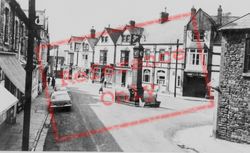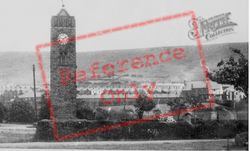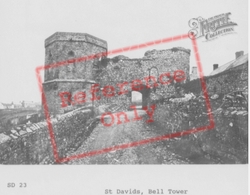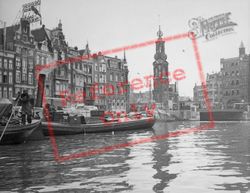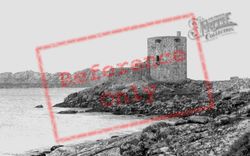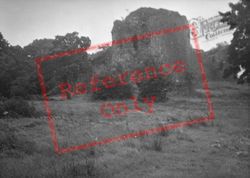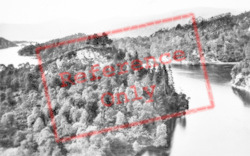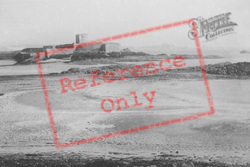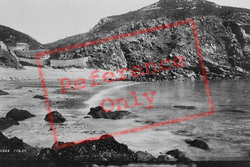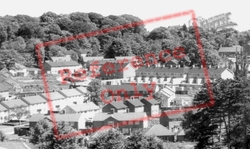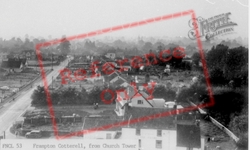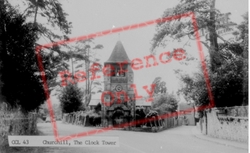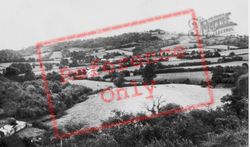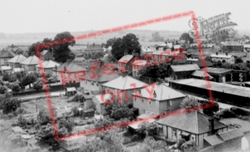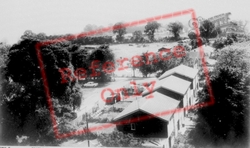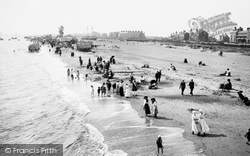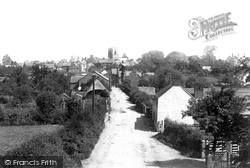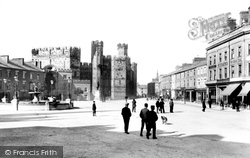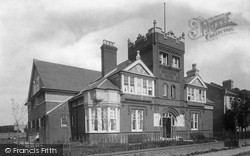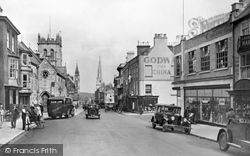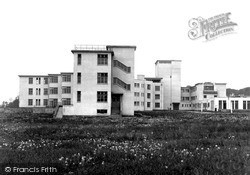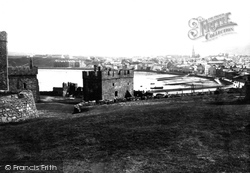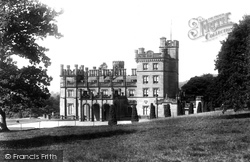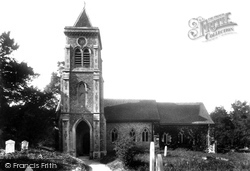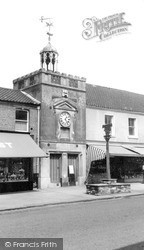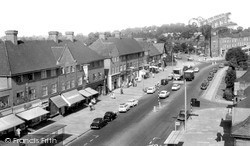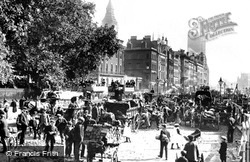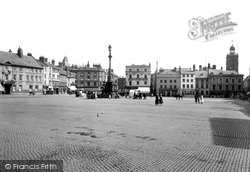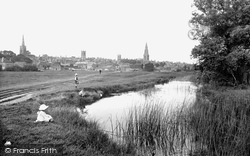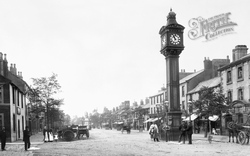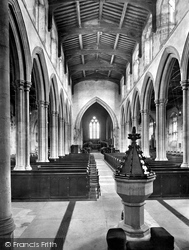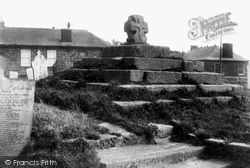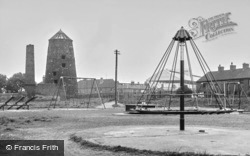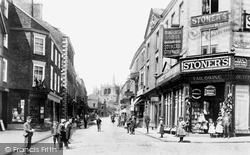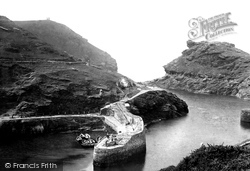Places
36 places found.
Those places high-lighted have photos. All locations may have maps, books and memories.
- Poplar, Middlesex
- Bow, Middlesex
- Bethnal Green, Middlesex
- Stepney, Middlesex
- Alton Towers, Staffordshire
- Isle of Dogs, Middlesex
- Limehouse, Middlesex
- Spitalfields, Middlesex
- Barjarg Tower, Dumfries and Galloway
- Bromley, Middlesex
- Stratford Marsh, Middlesex
- Tower Hill, Merseyside
- Tower Hill, Essex
- St George in the East, Middlesex
- Wapping, Middlesex
- Globe Town, Middlesex
- Old Ford, Middlesex
- Cubitt Town, Middlesex
- Tower Hill, Cheshire
- Tower Hill, Surrey
- Bow Common, Middlesex
- Mile End, Middlesex
- Millwall, Middlesex
- Ratcliff, Middlesex
- Warmley Tower, Avon
- Tower Hill, Hertfordshire
- Tower End, Norfolk
- Tower Hamlets, Kent
- Tower Hill, Devon
- Tower Hill, West Midlands
- Blackwall, Middlesex
- North Woolwich, Middlesex
- Hackney Wick, Middlesex
- Shadwell, Middlesex
- South Bromley, Middlesex
- Tower Hill, Sussex (near Horsham)
Photos
1,787 photos found. Showing results 1,621 to 1,640.
Maps
223 maps found.
Books
1 books found. Showing results 1,945 to 1.
Memories
637 memories found. Showing results 637 to 637.
Captions
3,007 captions found. Showing results 1,945 to 1,968.
Here we see the funfair actually on the sands above the high water mark, including a helter-skelter tower.
This view from St Mary's tower has Monk Street in the foreground. Centre left is the Bethany Baptist Church, which opened in 1827 when 30 members left the Frogmore Street Church.
In the distance is the tower of St Lawrence's parish church. Probably built on the site of a Saxon predecessor, it displays some of the best 12th-century Norman carving in the county.
There are 13 massive towers in pentagonal, hexagonal and octagonal designs. Caernarvon is the capital of the county, and in the late 1890s held assizes and sessions, and was the militia headquarters.
Its battlemented tower and Arts and Crafts- influenced design makes it one of the better convalescent homes architecturally.
The fine 14th-century church of St Mary, built of local sandstone, has a Perpendicular tower with dumpy crocketed pinnacles and full-length aisles of the same width as the nave and chancel.
The tower of the medieval St Peter's Church, seen here on the left, dominates much of Dorchester's High Street.
The Crown Tower and the chapel, which can just be seen beyond it, date from 1500. This chapel contains the best-preserved ecclesiastical woodwork in Scotland.
With its highly stylised stair towers and full-length windows, the hospital would eventually be recognised as one of the most outstanding 20th-century buildings in Wales.
The tower in the centre of the picture overlooks the causeway linking the islet with the town, and was probably built by Sir William le Scrope in the 1390s.
Though it features a tower, the internal arrangement was not planned around a grand staircase or central hall, but around corridors.
The square tower projects to cover the entrance, and is equipped with long arrow slits of an early design. The original entrance was of the heavily ribbed barrel-vaulted type.
In 1884 the tower was added and in 1911, after this view was taken, the nave was extended two further bays to the left.
The clock tower dates from 1679. The coat of arms of Watton is a hare and a barrel: they can be seen above the clock and again on the weather vane.
At the divide, under the clock tower, the left-hand fork heads for Pinner village, while the right-hand one will cut through the mediaeval deer park at Pinner Park to Hatch End.
On the extreme right an area has been cordoned off with barriers, and beyond are the towers of hoists and cranes.
Waterloo House has also gone, to be replaced by an office building, though the church tower is still clearly visible.
This view from the water meadows is a very well known one and relatively little changed, although it would look very different to a late medieval traveller when there were fourteen parish church towers
The clock tower dominates the main street of this West Cumberland town.
The amazing tall tower was probably built before the nave, as buttresses appear inside the building.
St Buryan is the largest settlement in this southern part of the Land's End peninsula, and its church tower is a landmark from many miles away.
Broad Eye Mill was originally a seven-storey tower mill built of sandstone blocks on the site of a pre-Norman castle; it is sometimes referred to as Castle Hill Mill.
It is unusual in that it has a separate bell tower. The explanation is that during the Dissolution the church received a peal of bells, some or all coming from the disbanded Burscough Priory.
The one- time watch tower on the hillside overlooks the surrounding waters.
Places (38)
Photos (1787)
Memories (637)
Books (1)
Maps (223)




